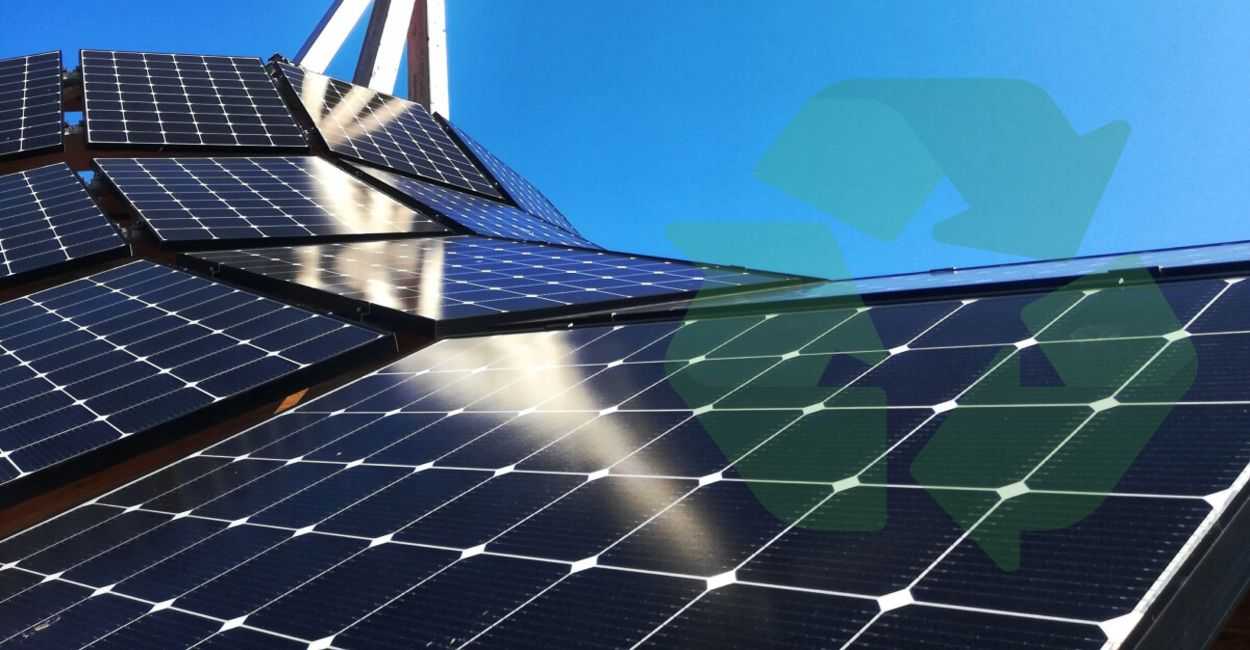As solar panels continue to light up homes and businesses across the world, a growing question is emerging among eco-conscious consumers and policymakers: what happens when solar panels reach the end of their lifespan—typically around 25 to 30 years? This blog dives deep into what the post-lifespan stage of a solar panel loo
As solar panels continue to light up homes and businesses across the world, a growing question is emerging among eco-conscious consumers and policymakers: what happens when solar panels reach the end of their lifespan—typically around 25 to 30 years? This blog dives deep into what the post-lifespan stage of a solar panel looks like, and what we can do to recycle, repurpose, or responsibly dispose of them.

Most solar panels come with 25–30-year warranties, but that doesn't mean they stop working after that. Rather, they gradually produce less electricity over time. After 30 years:
So, what happens next?
As the first generation of mass-installed panels reaches end-of-life, recycling is becoming essential.
Solar panels are made of:
Rare and hazardous materials like cadmium or lead (in some thin-film panels)
⚠️ Problem: Many regions still lack proper solar panel recycling infrastructure — though countries like Germany, Japan, and parts of the U.S. are leading the way.
Old doesn’t mean useless.
Even at 70% efficiency, panels can still:
This approach extends the panel’s usefulness by another 5–10 years in a secondary application.
Throwing solar panels into landfills can cause:
🌍 The solar industry must avoid repeating the mistakes of e-waste by investing in sustainable disposal solutions.
Governments and companies are already taking steps to create circular economies for solar tech: